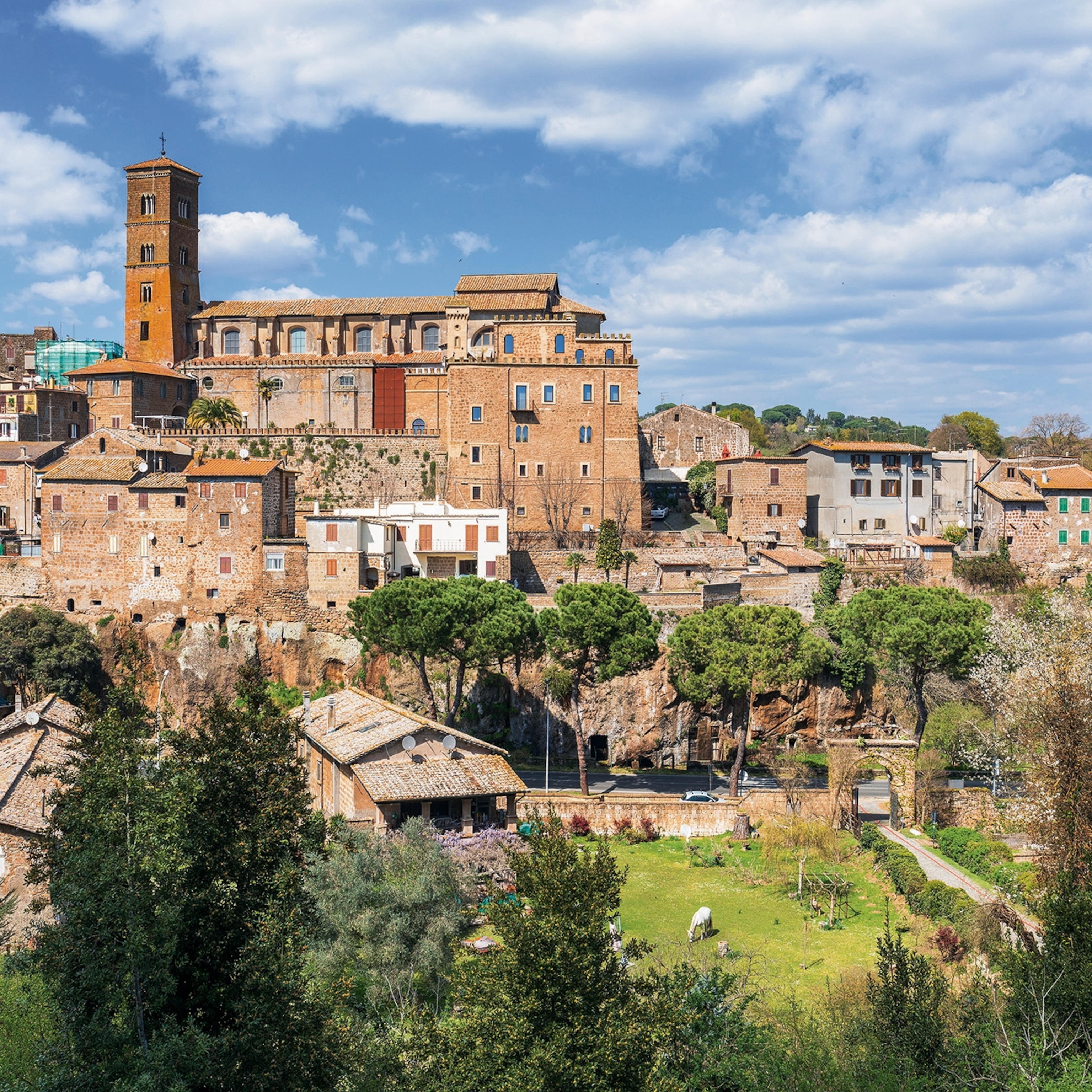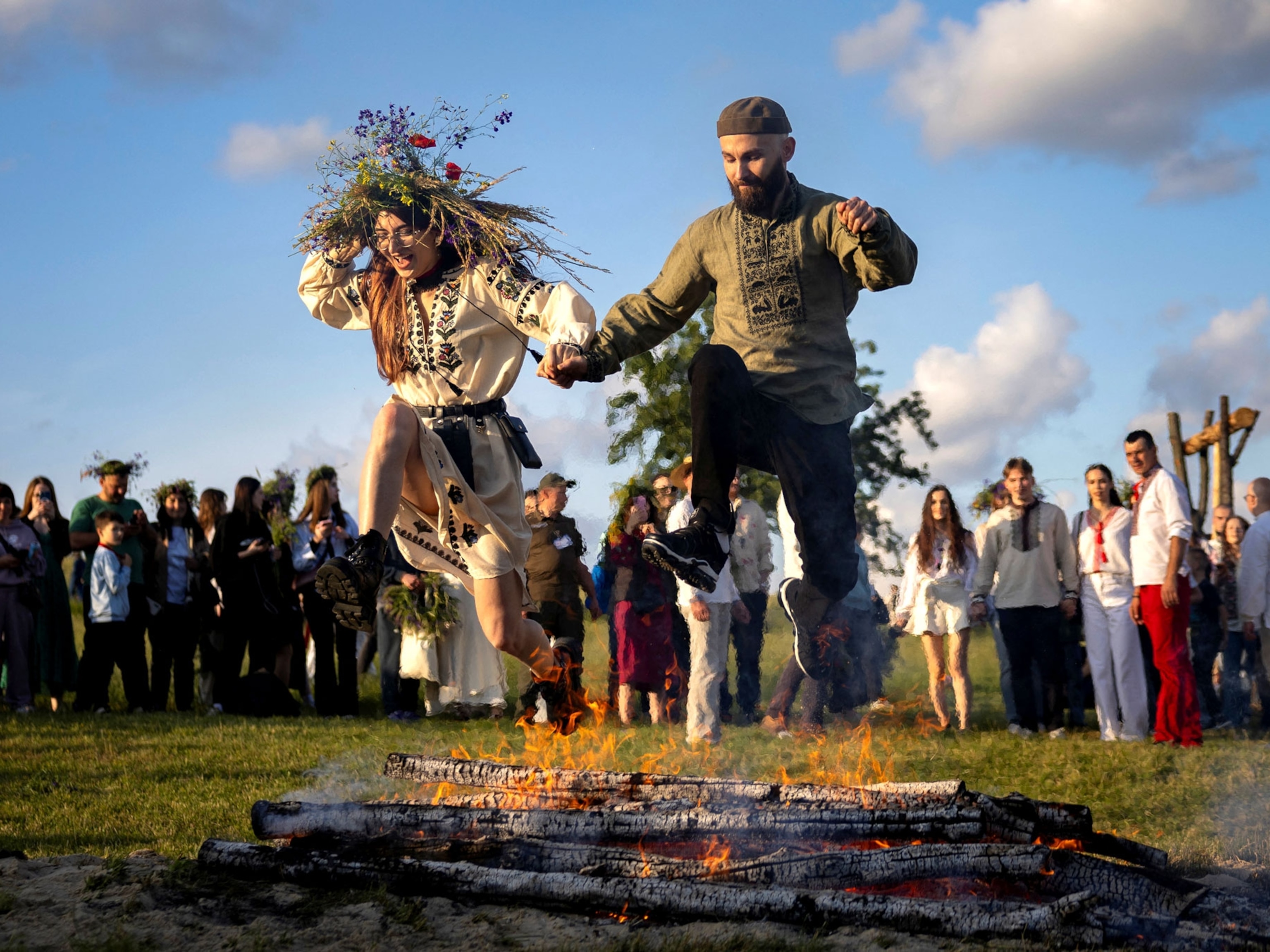How to plan your pilgrimage to Montenegro‘s sacred spaces
Off the beaten path, these monasteries offer a more contemplative way to explore the Mediterranean country’s stunning coastlines, rugged mountains, and turquoise lakes.

A country the size of Connecticut, Montenegro has been at the crossroads of East and West for centuries. Its distinct spiritual heritage draws thousands of pilgrims.
Many of Montenegro’s one thousand Christian and Muslim religious sites have long been abandoned due to due to conflicts from World War I to the Balkan wars. But more than 50 of its Christian monasteries remain active and open to the public. Some have experienced a renaissance in recent decades with young monastic communities revitalizing neglected sites; others persist due to the dedication of a sole resident monk.
Set against backdrops of turquoise lakes, dramatic coastlines, and rugged mountains, Montenegrin monasteries offer travelers glimpses into a different era. They showcase elaborate frescos and architectural styles from Byzantine to Ottoman. Here’s how to experience a few of them.
A land of war
“Montenegro has a very interesting cultural heritage that is not found in any other country in Europe,” says Adnan Prekić, a history professor at the University of Montenegro.
By 100 B.C. the Roman Empire had fully absorbed the Balkans, including present-day Montenegro, into its provinces. In A.D. 395, Montenegro was the dividing line between the Catholic-centric west and the Eastern Orthodoxy of the Byzantine Empire in the east. With the arrival of the Slovenes in the seventh century, Eastern Orthodoxy quickly dominated the region.
(Why Istanbul’s ancient imperial legacy lies hidden in plain sight.)
After Montenegro freed itself from the Serbian Empire in 1455, it became one of the last free states in the Balkans. But the following centuries saw occupations by the Venetians and the Ottomans, who brought Islam to the region. This all affected the region’s architecture and history.
Ostrog monastery
Established in the 17th century as a place of refuge from the Ottomans, the Ostrog monastery is an architectural feat. Carved into the cliff face of Ostroška Greda, near the tiny village of Dabojevići, the structure’s stark-white exterior bear gold-leafed frescos, a stark contrast with the stone mountain.
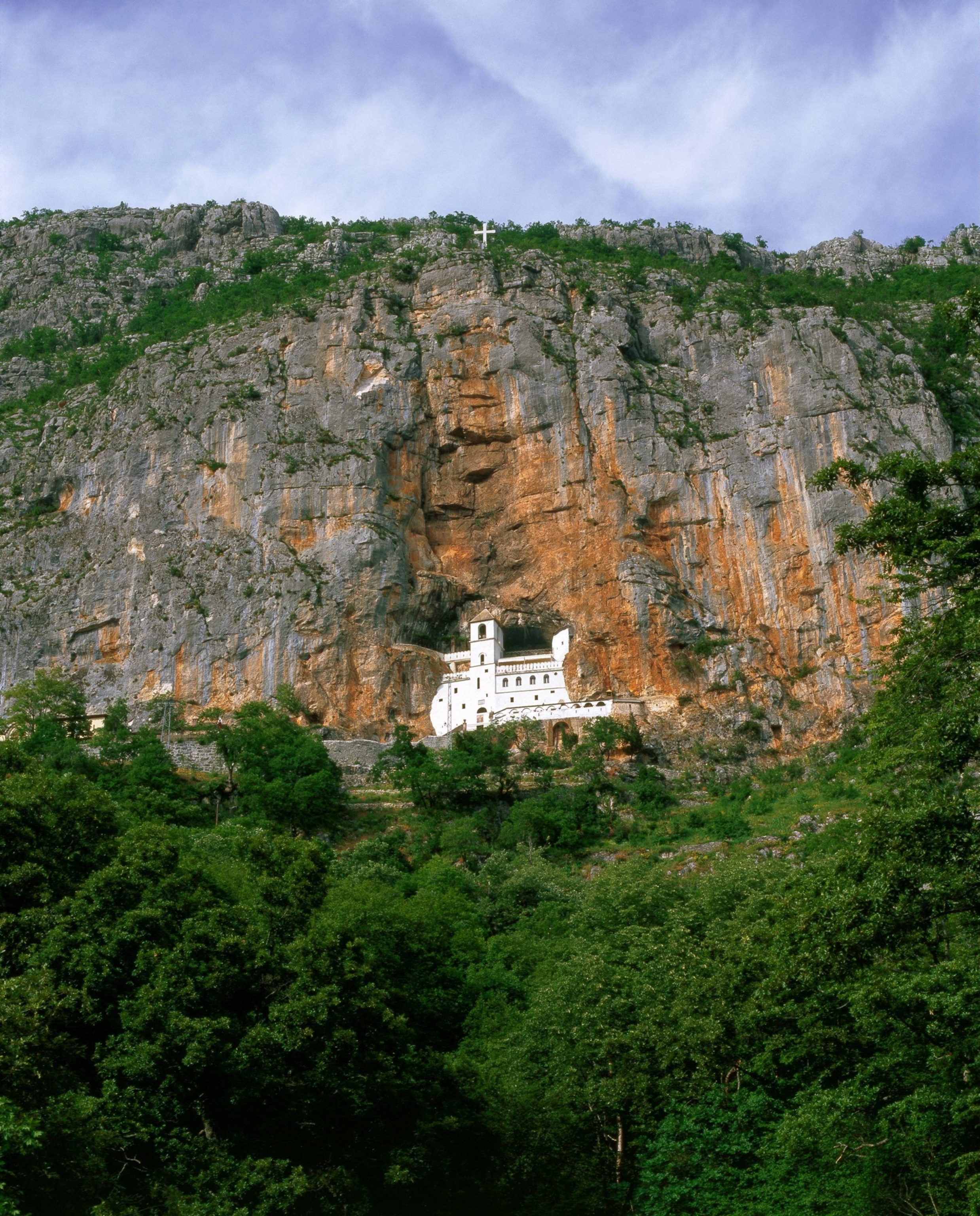
The monastery has two sections connected by a steep forested path. The lower portion houses the Holy Trinity Church, where visitors can admire vibrant frescos.
Each year thousands of pilgrims crawl or walk barefoot up the path to the upper Ostrog monastery, where they pray in front of the remains of St. Vasilije (1610-1671), known locally as “miracle worker.” The saint’s body is guarded by a priest and covered with an embroidered blanket.
(The Ottoman Empire reigned for 600 years. Here’s why it rose and fell.)
“People believe if you go to the Ostrog monastery and you pray in front of the body of St. Vasilije that your wishes will be heard and that your diseases can be [cured],” says Marianne van Twillert, author of Montenegro off the Beaten Track—21 Adventurous Road Tours. “This is very popular, not only with the local population, but with the Muslim and Catholic people. They all believe in the miracles of St. Vasilije.”
Every May 12, pilgrims commemorate his death by embarking on a 25-mile pilgrimage from the capital city of Podgorica to Ostrog.
Beška monastery
More than two dozen medieval abbeys dotted the islands in Lake Skadar during the Balšić Dynasty in the 14th and 15th centuries. The region was strongly influenced by Greek monks from Mount Athos, an Orthodox spiritual center. The abbeys thrived until the 19th century when occupying Turks destroyed most of them, but around 10 of the Orthodox sites remain.
(Some of the most magnificent frescoes can be found in the “Paris of the Balkans.”)
Visitors can explore this history at the Beška monastery, located on a small isle on the lake’s western shore. The sanctuary was abandoned for nearly 400 years, but a decade ago, a group of nuns started bringing it back to life. It holds two churches, including St. Mary’s Church, with traces of Greek, Byzantine, and Slavic frescoes.
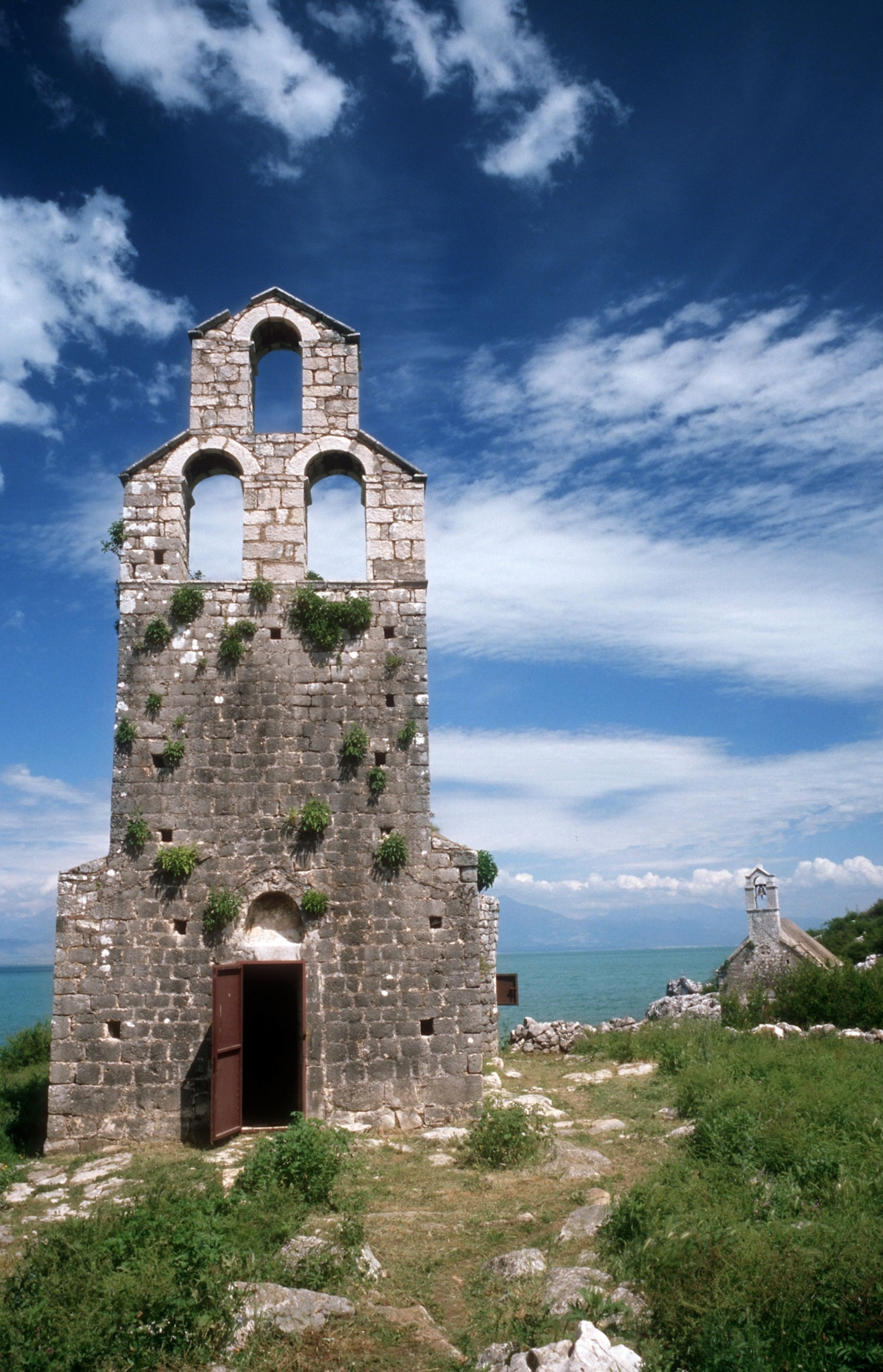
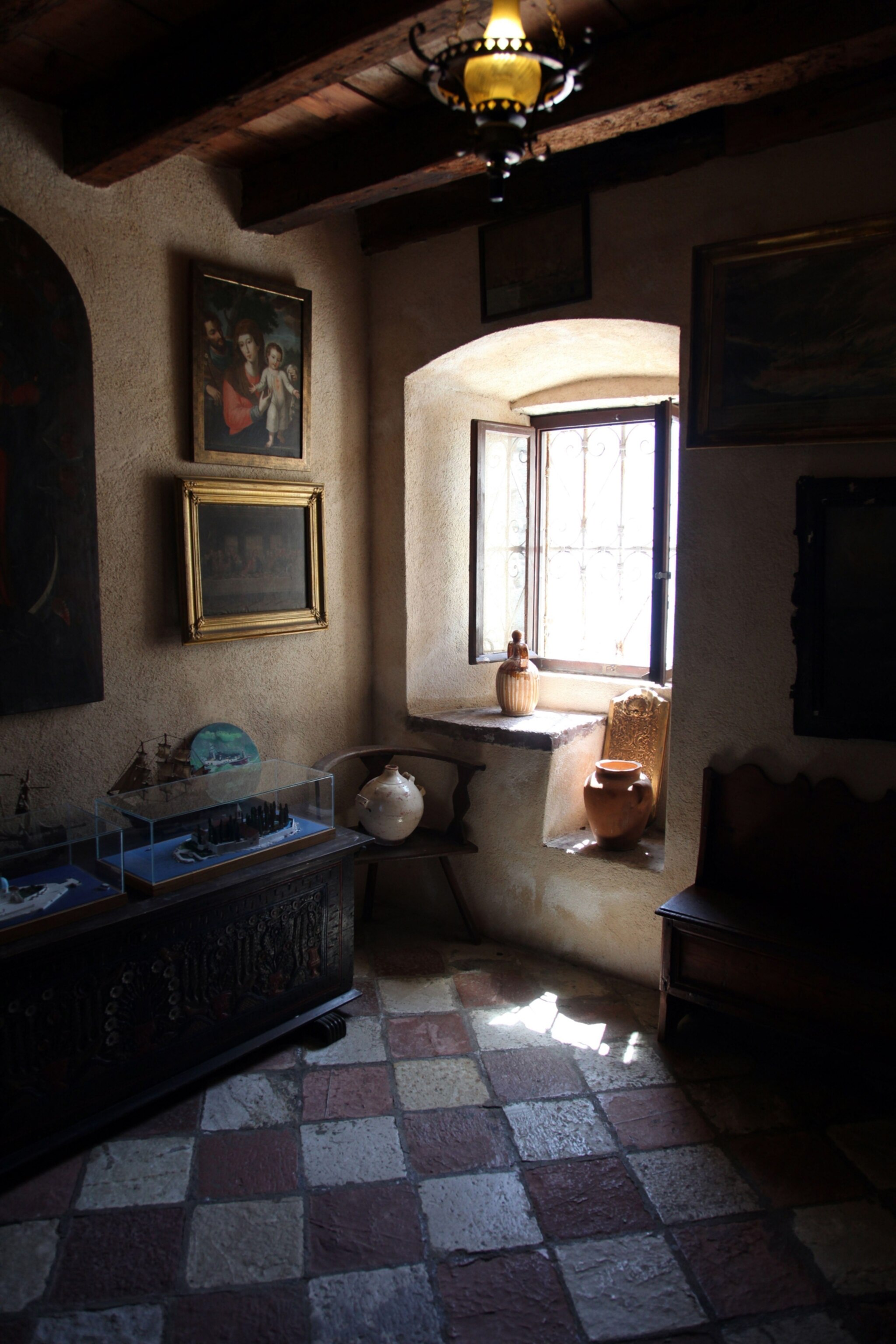
The nuns are also reviving arts such as icon making, where religious images are painted on wooden panels. These devotional objects are sold to visitors to support the site’s upkeep.
Church of Our Lady of the Rocks
Hundreds of tourists venture to the Venetian city of Perast to see the small blue-domed church floating in the Bay of Kotor.
According to local lore, in 1452 two brothers (one suffering from a leg injury) spotted an icon of the Madonna and Child here on a rock protruding out of the sea. They took the stone home and went to sleep. In the morning, the icon was gone and the brother’s leg was healed. Believing it was a divine message, locals erected a shrine to the Madonna, stacking rocks to form a small island where the icon was found.
In 1630, the Roman Catholic Church claimed the site and built a new chapel. Renovated in 1722, the Church of Our Lady of the Rocks features more than 2,500 silver plaques donated by sailors who credited their safe return from the sea to the Madonna’s protection. Its walls and the ceilings also hold 68 frescoes by Tripo Kokolja, a famed Baroque artist and native of Perast.
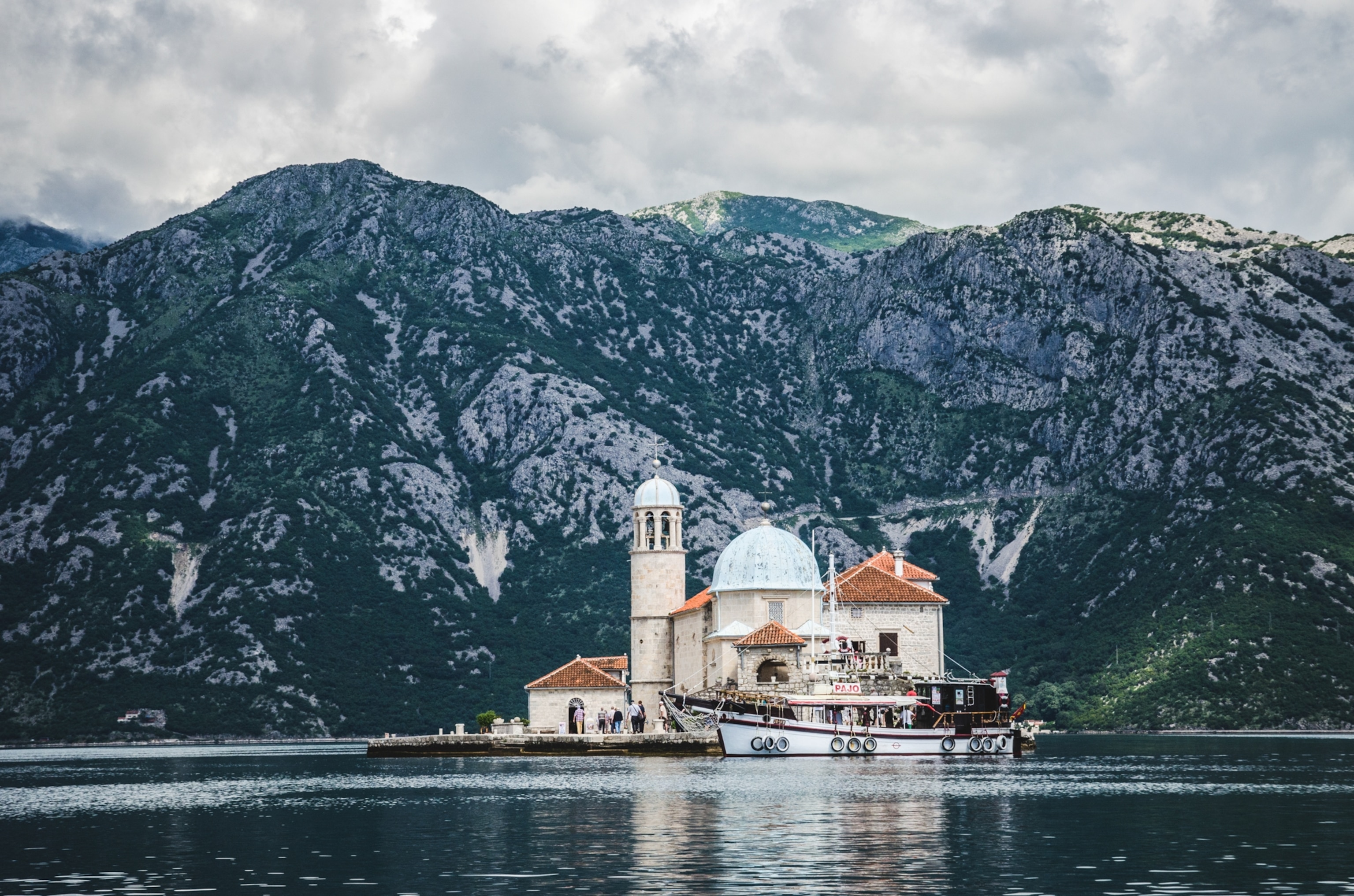
An adjacent museum houses Illyrian artifacts found nearby, paintings of local ships, and a tapestry, “Love and Faith,” woven by local artist Jacinta Kunić-Mijović. Crafted over 25 years while she waited for her sailor husband to return from voyages, it depicts the Madonna and child in silk, silver and gold threads, and the artist’s own hair.
Each July 22 since 1938, the city has celebrated Fašinada to mark the brothers discovery of the icon. Residents decorate boats with ribbons and flowers, then fill them with rocks and sink them around the island.
What to know
Ostrog monastery: It’s customary to bring a donation, like soap or blankets, for the monks and leave it in the baskets outside the entrance to the shrine.
Church of Our Lady of the Rocks: Boats depart from Perast or Kotor. There is a dollar entrance fee for the museum.
Modest clothes that cover shoulders and knees are required when visiting the monasteries.
Editor's note: The story has been updated to reflect the correct history of Church of Our Lady on the Rocks.
